Best Free Blogging Sites 2023
10 Best Free Blogging Sites to Build Your Blog for Free in 2023
Best Free Blogging Site: Looking for some free blog sites to help you start sharing your writing with the world? Whether you just want to share updates with your family and friends or you want to start a blog and build a wider audience, we have put together ten of the best sites where you can start a blog for free.
10 Best Free Blogging Sites
1. Wix: Free Website Builder
2. WordPress: Blog Tool, Publishing Platform, and CMS
3. LinkedIn: Millions of jobs and people hiring
4. Weebly: Best Website Builder
6. Ghost: Turn your audience into a business
7. Blogger: Create a unique and beautiful blog easily
8. Tumblr: Microblogging and social networking website
9. Joomla: Content Management System It's free
10. Jimdo: Bring Your Business Online
1. Wix: Free Website Builder
Wix is a free website builder tool that can be managed from the front end. The main feature of this platform is that it comes with drag-and-drop options, so you don't need to handle anything in the back end. The design is very intuitive and modern, which can be used by both beginners and advanced.
The great thing about Wix is that it includes free hosting, so all you need to do is organize the layout, choose a template, and you're all set. It offers a good collection of free and premium themes and templates for various purposes including blogging.
To launch a Wix blog, simply sign up and choose: You can either let Wix ADI build a site for you based on a questionnaire or create your own blog – including one through the WYSIWYG editor. Involves selecting templates and arranging layouts. If you go with the second option, all you have to do is find a beautiful template and start customizing everything on the front end in live preview mode.
You can add many elements to your pages, from multimedia widgets to backgrounds, menus, typography, forms, video boxes, and more. When you think the site is ready, click Publish and start blogging your stories. After publishing, you can come back at any time to edit the content blocks.
2. WordPress: Blog Tool, Publishing Platform, and CMS
WordPress.org is the king of free blogging sites. It's a free platform, but later you mostly need to build the site yourself. You will also have to host the software yourself. While you can find some free WordPress hosting, a better long-term strategy is to pay a moderate amount for a solid WordPress host.
That's where Bluehost comes in handy. Not only is it pretty cheap (the Basic plan starts at just $2.75 per month when you sign up for three years), but it also comes with a free domain name, 50GB of disk space, unmetered bandwidth, free SSL, and more. Also offers solid features. 100MB email storage per account. At this point in time, Bluehost is the cheapest sensible WordPress hosting you can find out there.
Because you are hosting the WordPress software yourself, you have complete control over how your site looks and functions, as well as how you make money from your site. But the flip side is that the setup process is a bit more practical.
In contrast, there's WordPress.com, which is the other face of WordPress - a platform mostly used for personal blogs because it's easy and free to set up (if you don't have a custom domain name). However, you are also quite limited in how you customize the site.
And especially if you plan to monetize your blog in any way, the free WordPress.com version will prevent you from doing so.
With this in mind, we recommend that you get started with Bluehost. There's a 30-Day Money-Back Guarantee – If you change your mind about the whole blogging experiment, just ask for a refund.
3. LinkedIn: Millions of jobs and people hiring
You probably didn't see it coming. LinkedIn is not the first choice for most people when it comes to which free blogging site to choose. That being said, it deserves some attention!
There are two main reasons for this: easy-to-use tools and an already existing audience.
Regarding that other thing -- audiences -- the great thing about LinkedIn's user base is that they are highly focused users, professionals, and business owners. It is reported that there are over 30 million businesses active on LinkedIn. And they're not just for that. Other data indicates that 94% of B2B marketers use the platform as one of their primary sources.
In short, LinkedIn just works as a platform where you can get exposure, and this makes it one of the best free blogging sites of them all.
From a technical standpoint, publishing on LinkedIn is easy. Simply go to your LinkedIn feed and use the "Start Post" widget at the top of the page. To change your status to a full post, click "Write an article on LinkedIn" to open a full-screen editing window.
This is where you can find all the editing tools you've been using - for formatting text, adding images, and more.
4. Weebly: Best Website Builder
Weebly is another website builder that you can use not only to blog but also to sell products or showcase your portfolio. It is somewhat similar to Wix in that it provides a WYSIWYG editor with drag-and-drop elements. If you want to add a certain button, you can just drag it on the page and customize it. The same happens with photo galleries, slideshows, and any other multimedia element.
Weebly offers sidebars, media boxes, forms, ad spaces, social media icons, newsletter subscriptions, and more. Furthermore, the platform comes with built-in analytics and lets you use your customized domain (for which you need to pay).
On the free plan, you get five custom pages, a Weebly subdomain, 500MB of storage, and ad space.
5. Medium: Create a blog and start writing
Medium is a multi-purpose platform dealing with a wide variety of topics, where any account holder can write. Unlike most other free blogging sites, the big advantage of Medium is that your articles will be exposed to a wider audience as the platform receives 60 million readers(*) per month (and the number grows every year).
It's very easy to use - you just sign up and start writing. But the downside is that all your content is on Medium. That is, you are not creating your own "space" like you would with WordPress. Read this post to know more about the difference between WordPress and Medium.
6. Ghost: Turn your audience into a business
This is another WordPress-like blogging platform. While Ghost software can be downloaded for free, you will have to pay for hosting for fuel. DigitalOcean is a great service that supports Ghost: it's cheap and comes with tons of cool features to get you started.
The downside is that installing Ghost is not as straightforward as WordPress, and you may have to get your hands dirty with some server work - depending on the host you choose for your blog.
Once you have your website set up it is easy to create posts in Ghost. The editor is simple and minimal, and it provides a live preview of your text on the right side of the screen. On the front end, you get a moderate stretch, so that's good. Near the editor screen, there's a sidebar with settings where you can choose your preferences.
7. Blogger: Create a unique and beautiful blog easily
Blogger is one of the oldest free blog sites, although its popularity has declined in recent years.
It's a solid solution for a personal blog, but it's not the best resource for business use. It works the same way as other hosted platforms: you must first create an account to use it. After creating it (which is simple), you have to choose one of the default themes and you can start writing your ideas. The interface of this platform is similar to that of a Google+ profile and the editor resembles a Word page.
Blogger offers a slew of themes to choose from, each with different skins, advanced color filtering, and various minimalist gadgets (aka widgets). But nothing fancy or any advanced design customization. In general, bloggers tend to have simpler options than they appear, so the focus remains more on the writing part. One of the cool things about this site is that it has ad spaces that you can place in your content parts.
8. Tumblr: Microblogging and social networking website
Tumblr is one of the original free blogging sites on the web. It is a bit 'lighter' than the others on the list. Unlike the rest of the platforms, which are mostly built for publishing purposes, here it is more oriented towards multimedia or social media-like content. Tumblr's interface is more playful and it's easier to get started with - you can just sign up and then you're allowed to start posting.
Like a regular blogging platform, it offers multiple post formats for different types of content. The thing with Tumblr is that it's purely for personal use and won't be a great solution if you have business-oriented plans. It's simple, offers basic customization options, and, as I said earlier, has more of a social media vibe.
Despite not being built for business, it lets you display ads on your page, use affiliate links, and integrate your blog with Google Analytics.
9. Joomla: Content Management System It's free
Joomla is similar to WordPress.org but not as clear when considering the free blog sites available out there. Like WordPress, the software is free but requires hosting and a domain. As in the case of WordPress, we recommend Bluehost because it is both very cheap and reliable (and includes a free domain).
In general, Joomla has a flexible interface that can be used not only for blogs but also for more complex websites (you can choose from a variety of templates and extensions to add custom functionality).
When it comes to ease of use, the platform offers an old-school editor, which somehow resembles Microsoft Word. It allows you to choose font, color, size, emoticons, table, or background. I mean, the tools in the menu make you feel like you're in a Word window.
Joomla editor is tabbed. The first tab is the classic texting window, then you need to switch tabs to select post categories, tags, date, meta description, keywords, etc.
10. Jimdo: Bring Your Business Online
Jimdo is not just an example of a free blogging site. However, in its free version, blogs are the most recommended, considering the basic features of Jimdo. So you can quickly build a website with Jimdo through a few items (you take a basic questionnaire about the purpose of your site). After you have checked these options, your site is automatically created based on your preferences. The downside of Jimdo is that you can't have a custom domain (at least not for free) and you can't remove ads until you upgrade.
However, an important aspect of Jimdo is that it's a page builder: you create blog posts directly through the front-end, not through an editor (like other blogs do). This means that you have to go through every content box on the live page and edit it on the spot without redirecting to another page. The footer and logo can be edited in the same way. When it comes to content elements, you have a few options: simple text, text with images, photo gallery, columns, buttons, etc.
Via the left sidebar, you can make more changes like adding post date, title, category, status (published or draft), summary, and image preview. In short, your article will be made entirely of several different elements that you will edit separately. Text, picture, button... the order is up to you.
Credit: Themeisle
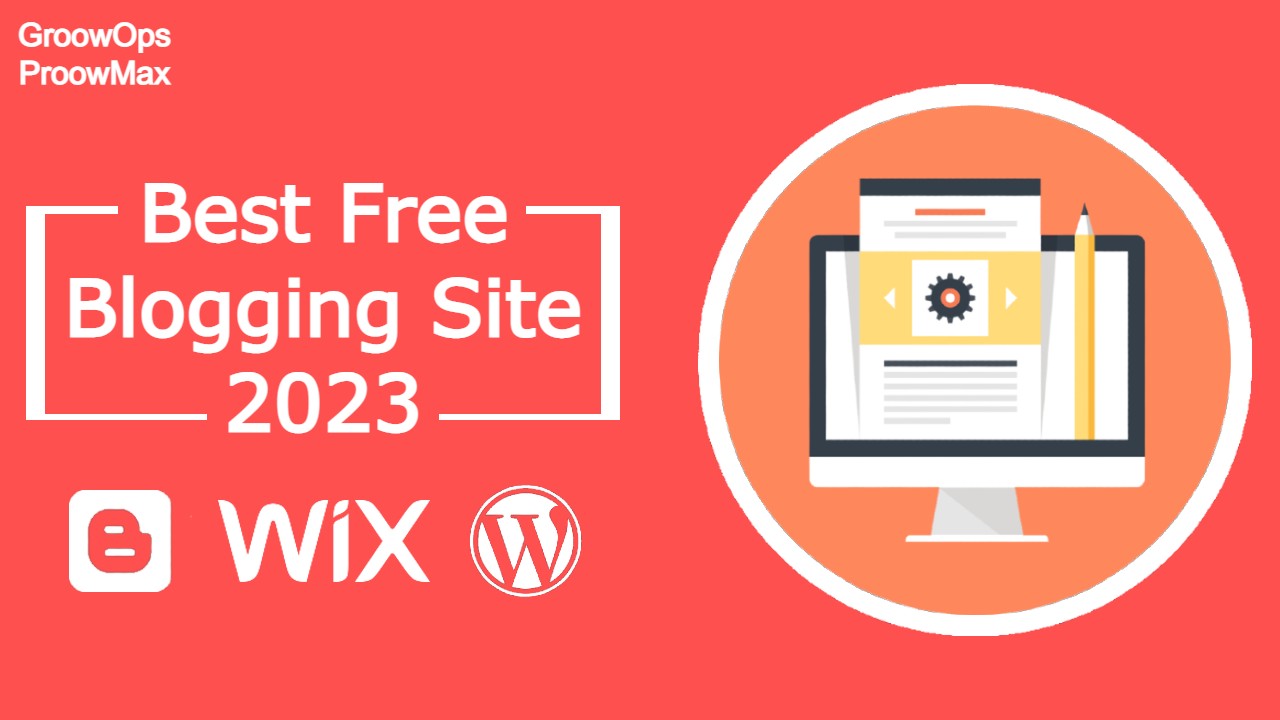
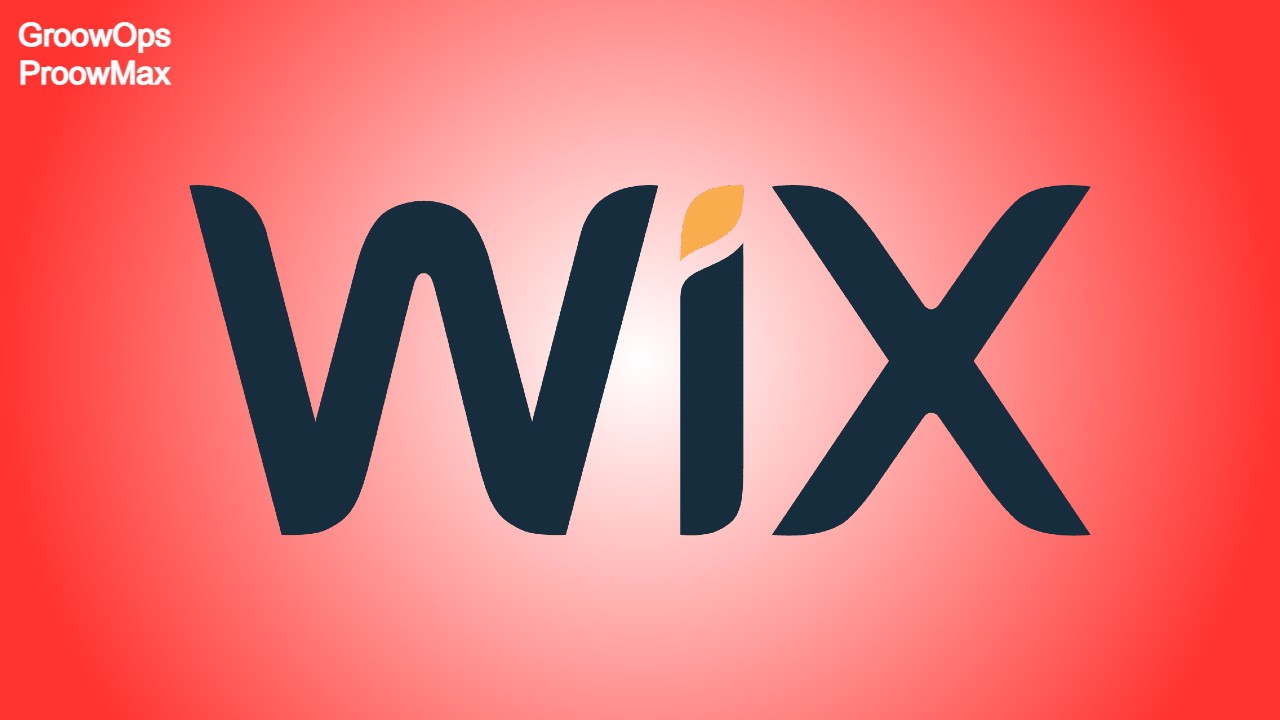


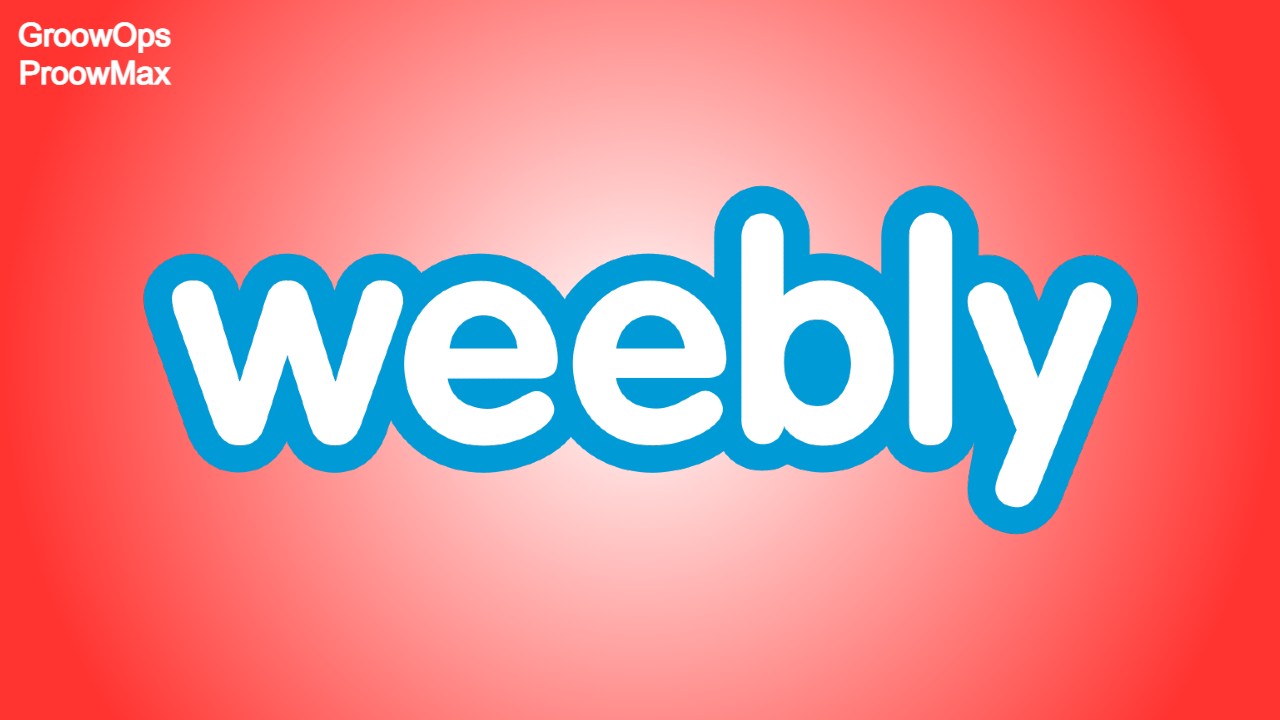



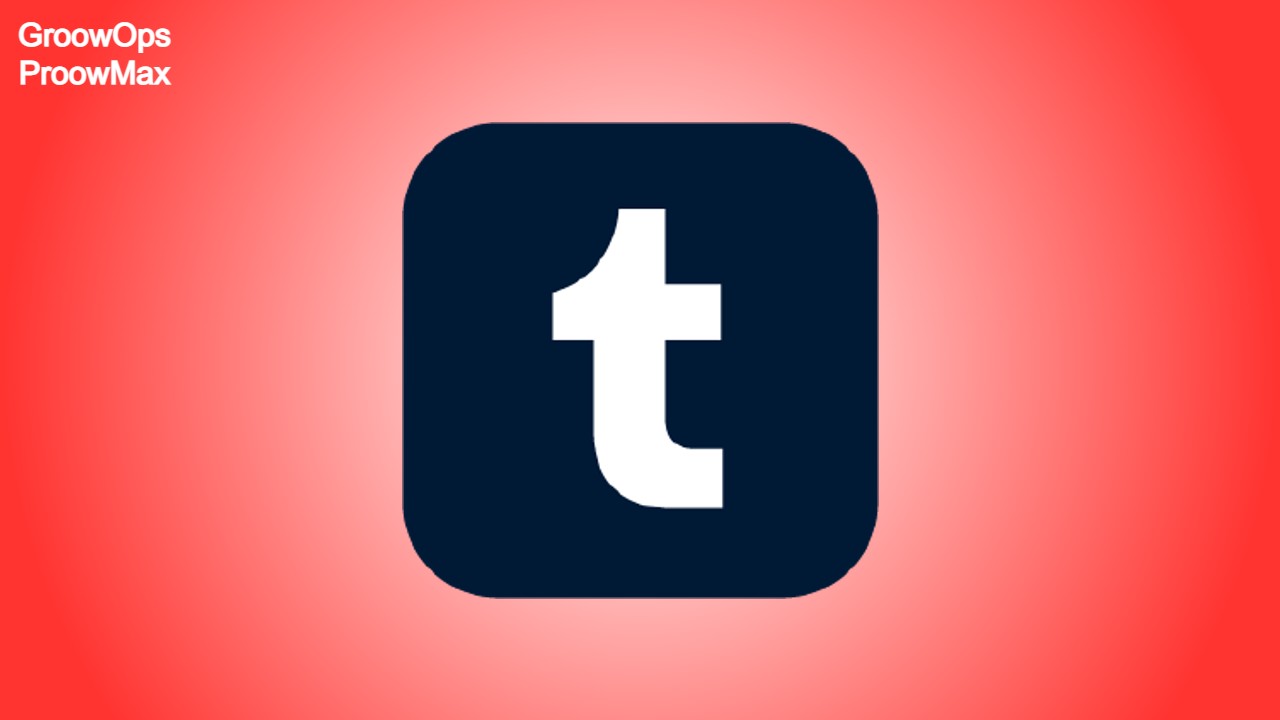

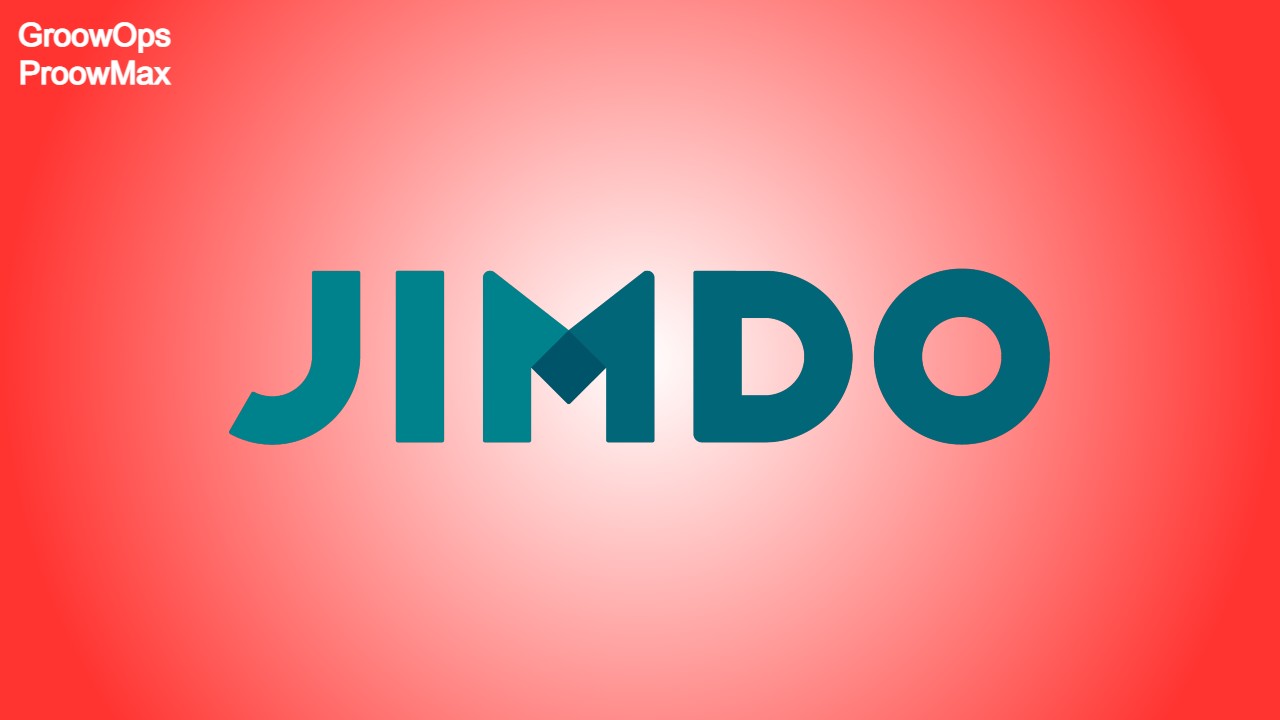
Post a Comment